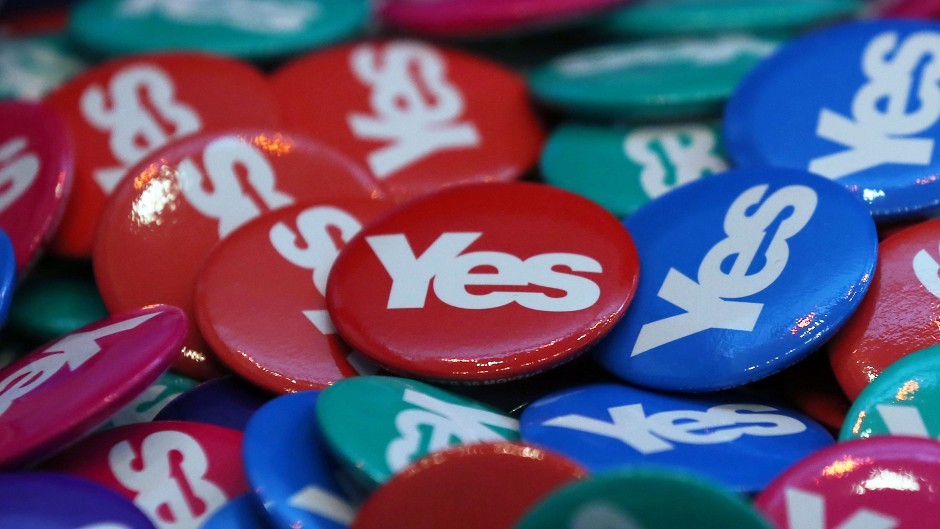A polling expert has said the pro-Union vote has “collapsed” in the last two weeks – and that Scottish independence is now a “real possibility”.
Peter Kellner, president of YouGov – which this week reported the No campaign’s lead had shrunk to just six points – said the “biggest movement” was among Labour and Liberal Democrat voters.
Analysing the latest poll findings, he said: “For six months, Alex Salmond seemed to be heading for a heavy defeat.
“Successive YouGov polls on Scotland’s coming referendum showed the No vote leading Yes by at least 16 points. Our last poll, in mid-August, reported the narrowest lead yet, but still a substantial 14 points.
“In the past fortnight, that has collapsed to just six points, with No leading Yes by just 53-47%.
“A close finish looks likely, and a Yes victory is now a real possibility.”
Mr Kellner said that a month ago, only 18% of people who backed Labour at the last Holyrood elections were voting Yes, but that figure was now 30%.
The Yes vote among Lib Dem voters has doubled to 24%.
He highlighted two key factors behind the change – the economy, where there was a narrowing in the numbers who thought Scotland would be worse off independent, and the NHS, with only 9% thinking the health service would improve after a No vote.
Mr Keller said: “Salmond has started to neutralise the fear factor that drove the big No leads until a month ago.
“Many people still worry about how an independent Scotland would handle issues such as the currency – but now, a great many Scots are also beginning to fear remaining part of the UK.”
Speaking during a visit to Eden Brewery near St Andrews, Mr Salmond said: “I have always thought we would win. The polls are obviously very encouraging.
“But I am much more encouraged by the reaction on the streets.”
Better Together campaign director Blair McDougall said: “We need the silent majority who back a No vote to do their bit.
“Whether it’s voting on the day, knocking on doors, making phone calls or speaking to friends and family, the silent majority should feel confident in speaking up.”
